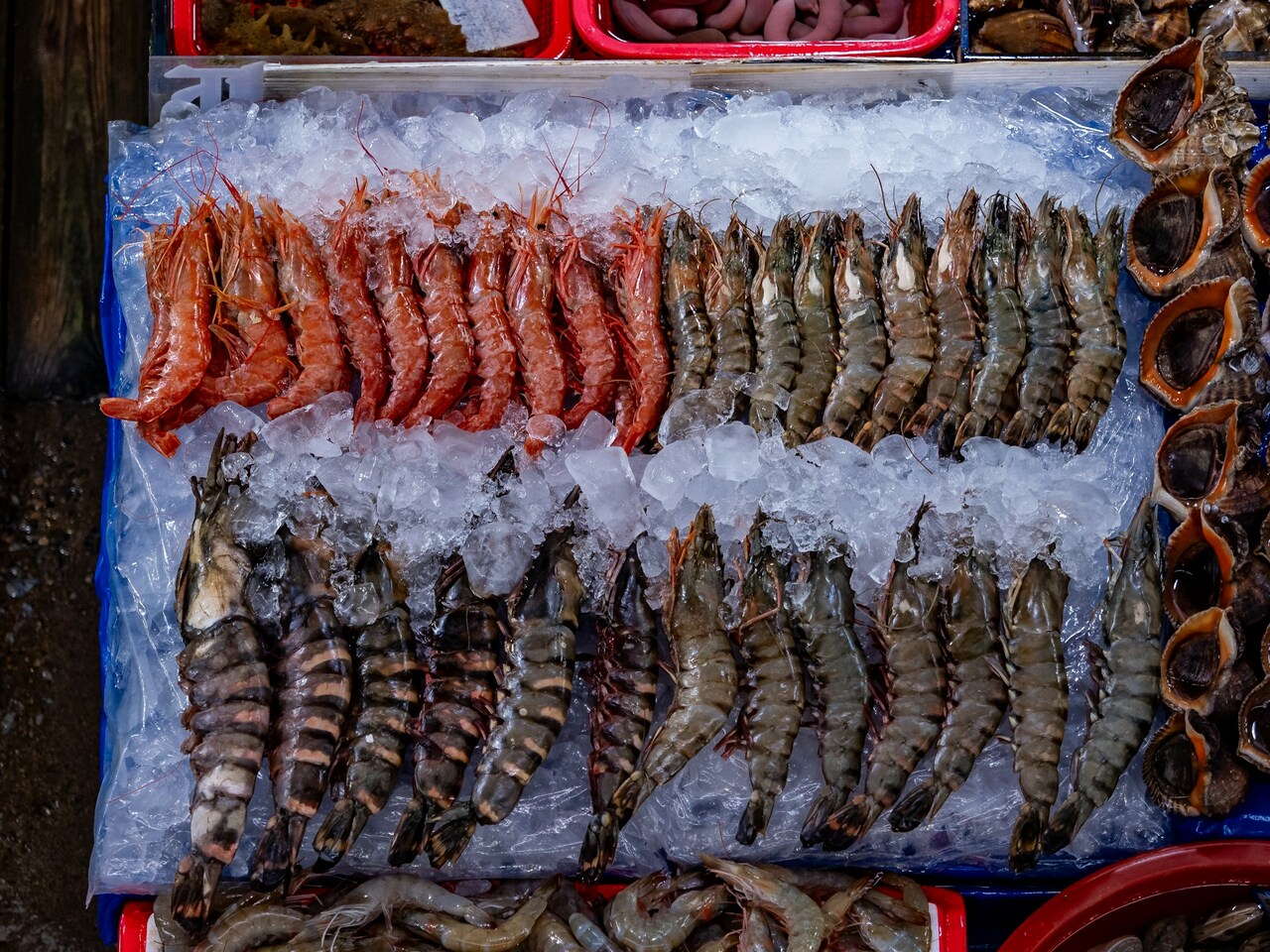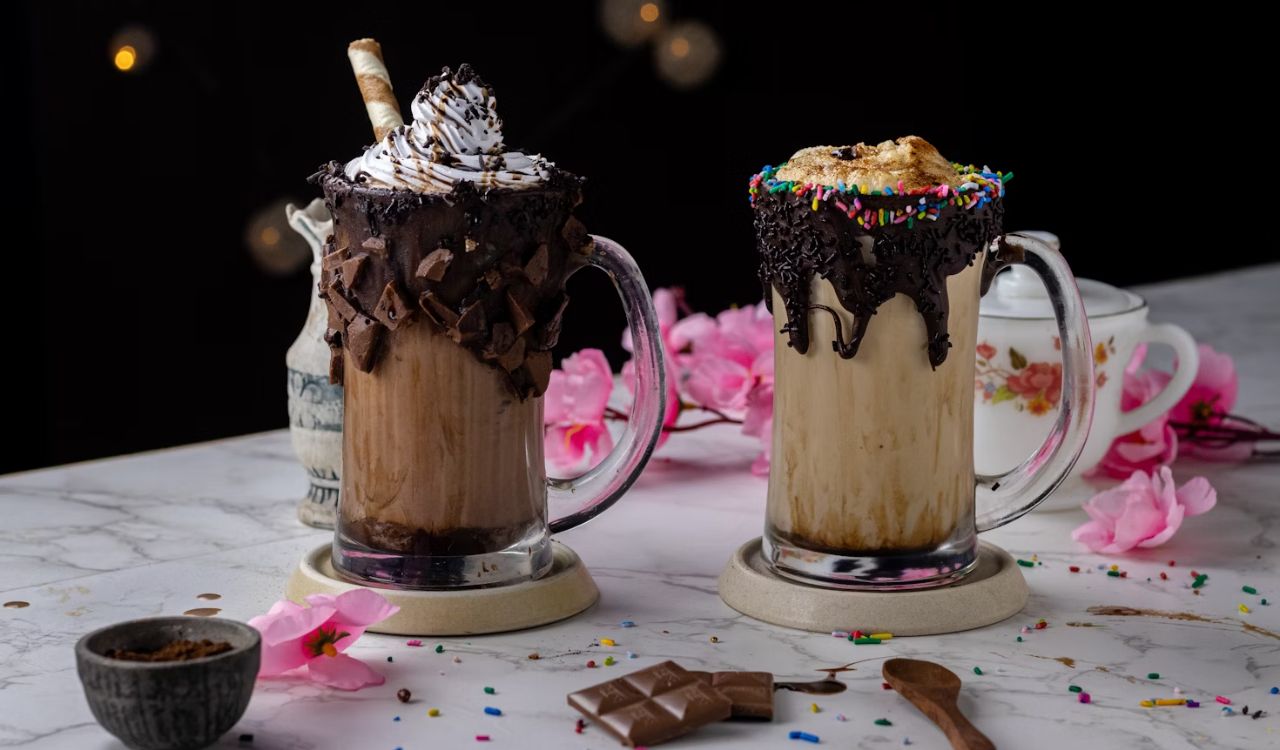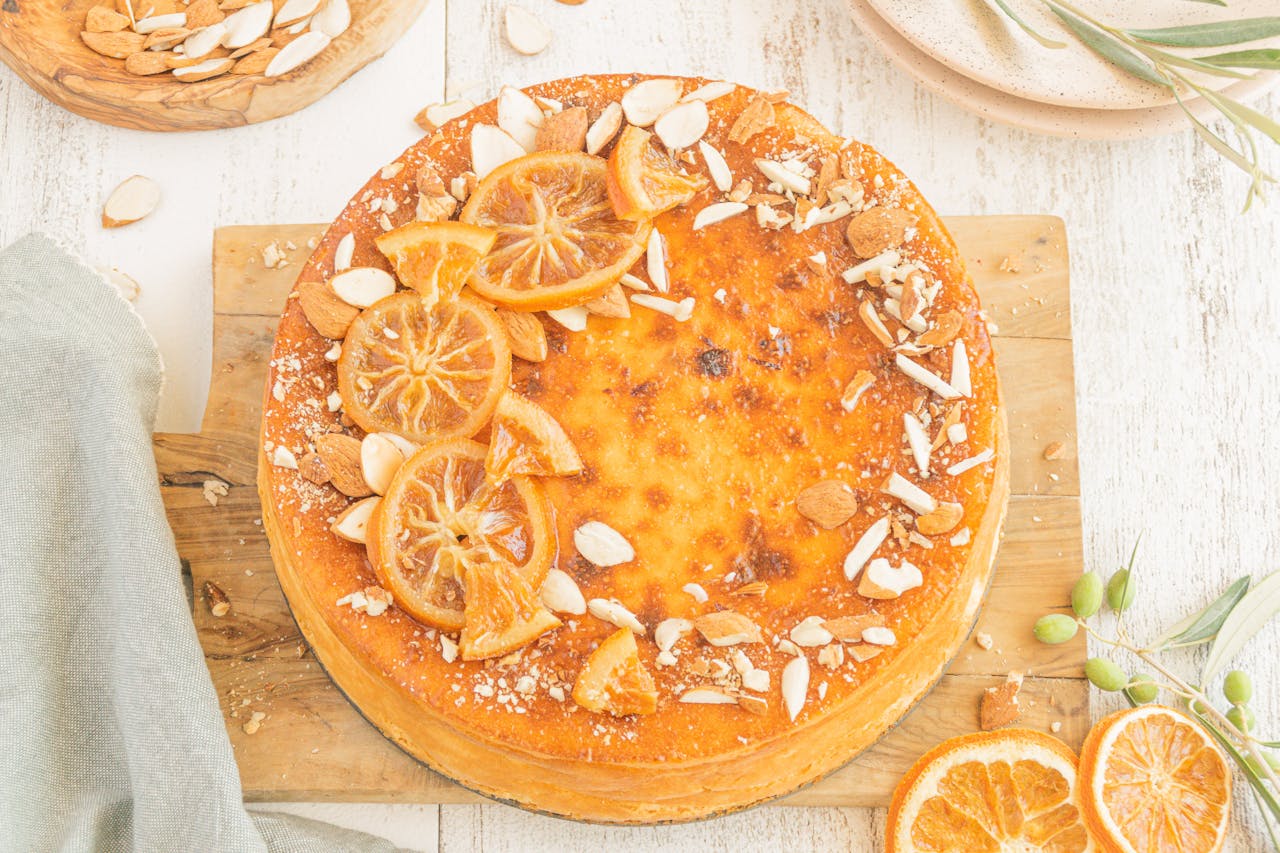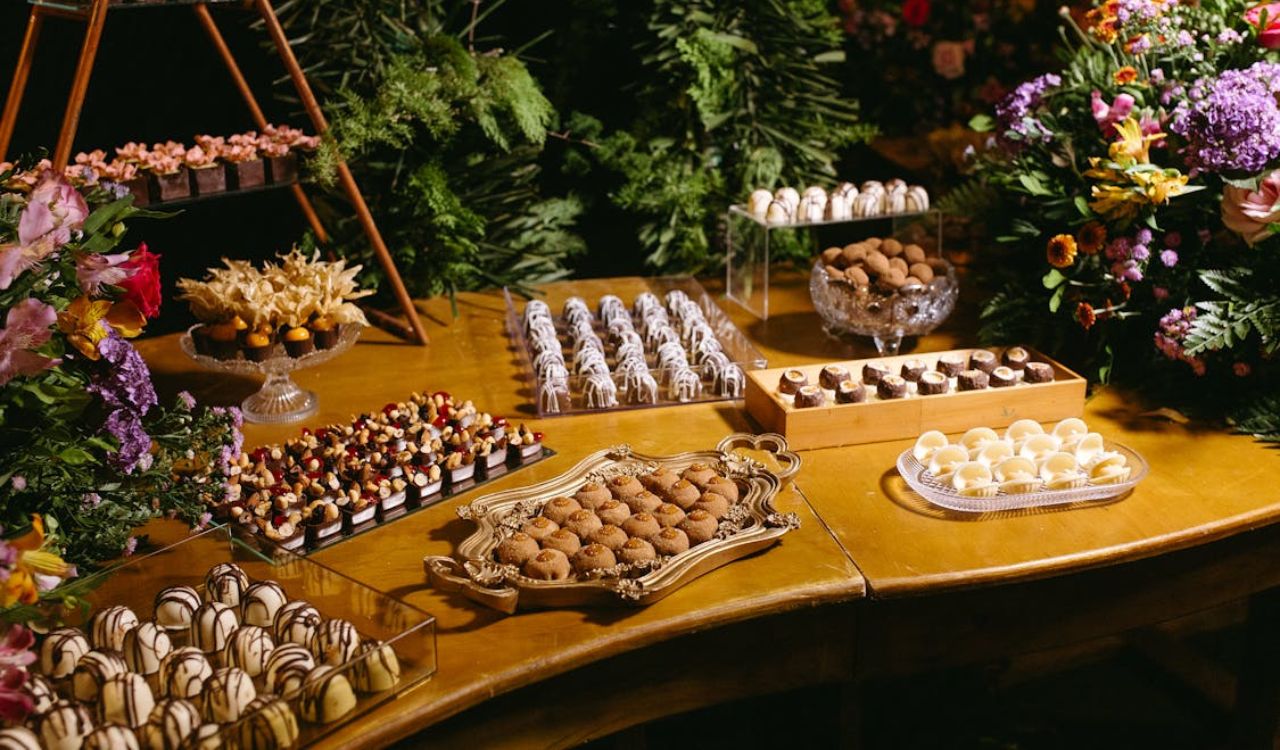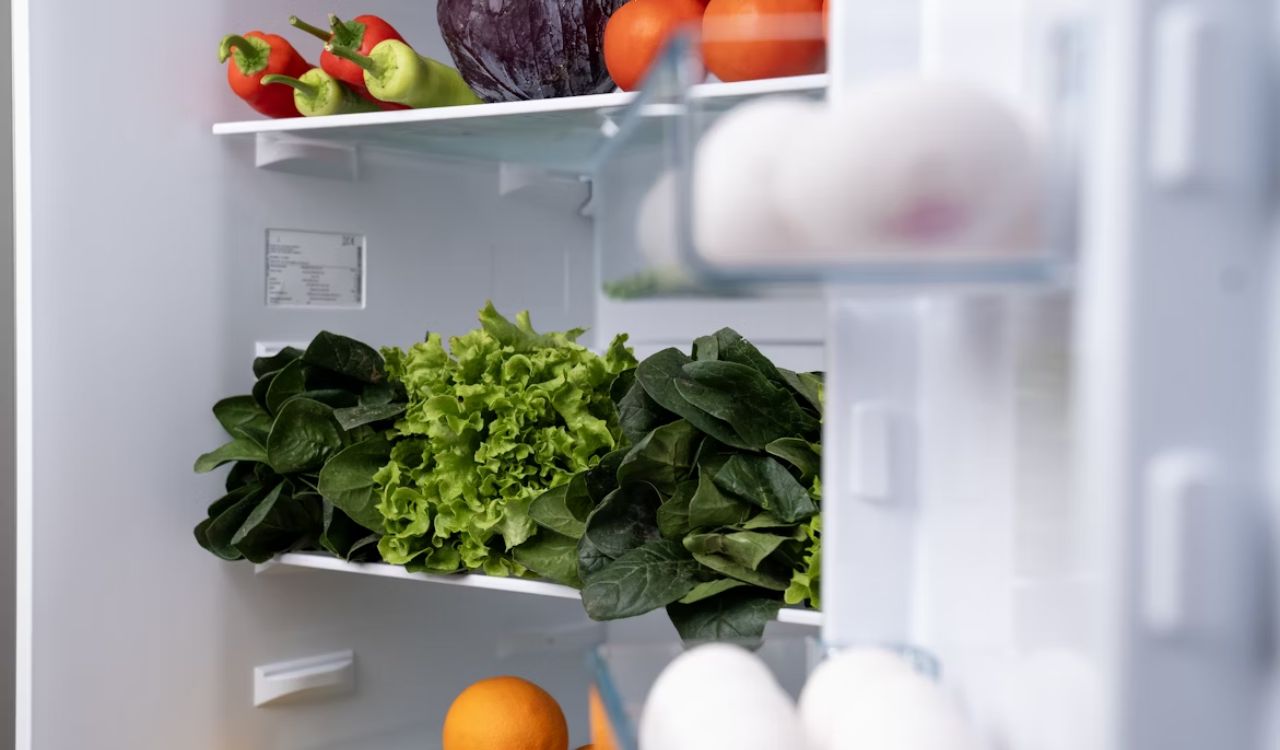How Pumpkin Spice Took Over the World of Flavor
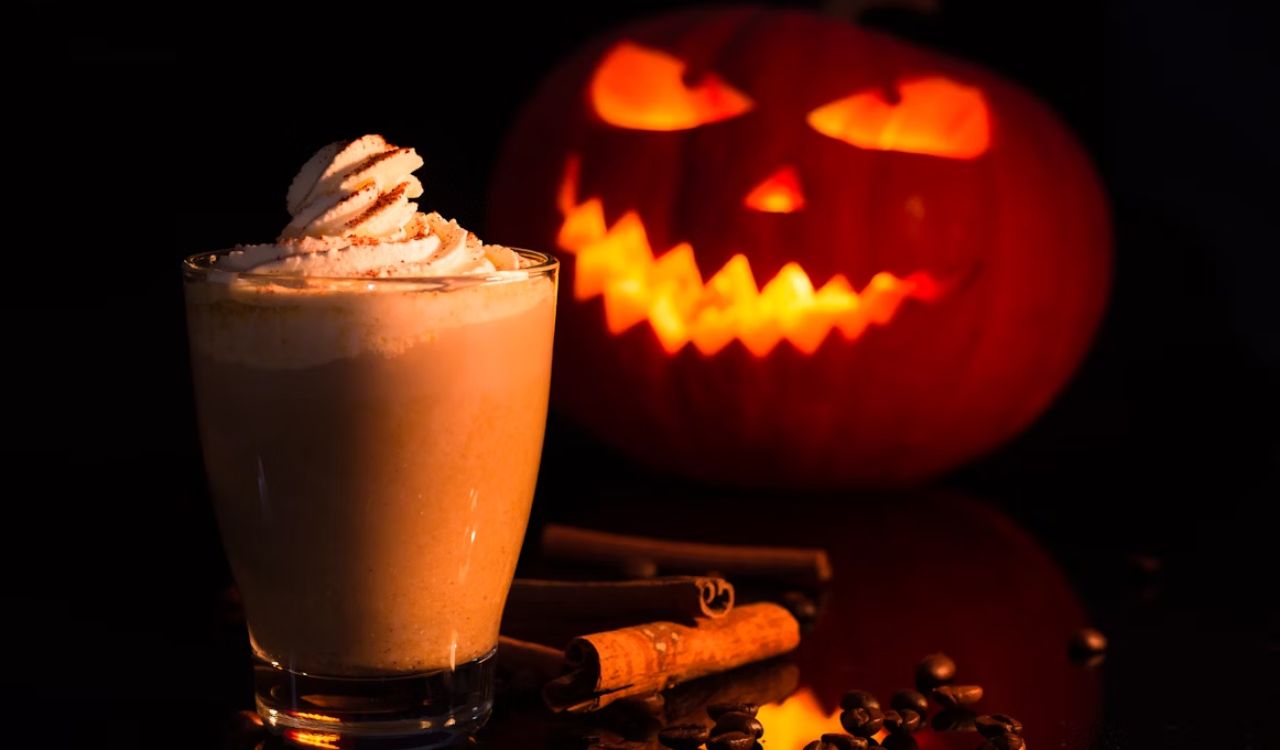
Every fall, as cooler winds roll in and leaves turn amber, one flavor reappears like clockwork: pumpkin spice. What began as a simple blend of cinnamon, nutmeg, ginger, and cloves has transformed into a cultural symbol.
Once tied to pumpkin pies and holiday desserts, it now flavors everything from lattes to candles and even canned meats. Through nostalgia, marketing, and timing, pumpkin spice has evolved into a billion-dollar industry that signals the start of autumn across much of the world.
The Origins of Pumpkin Spice
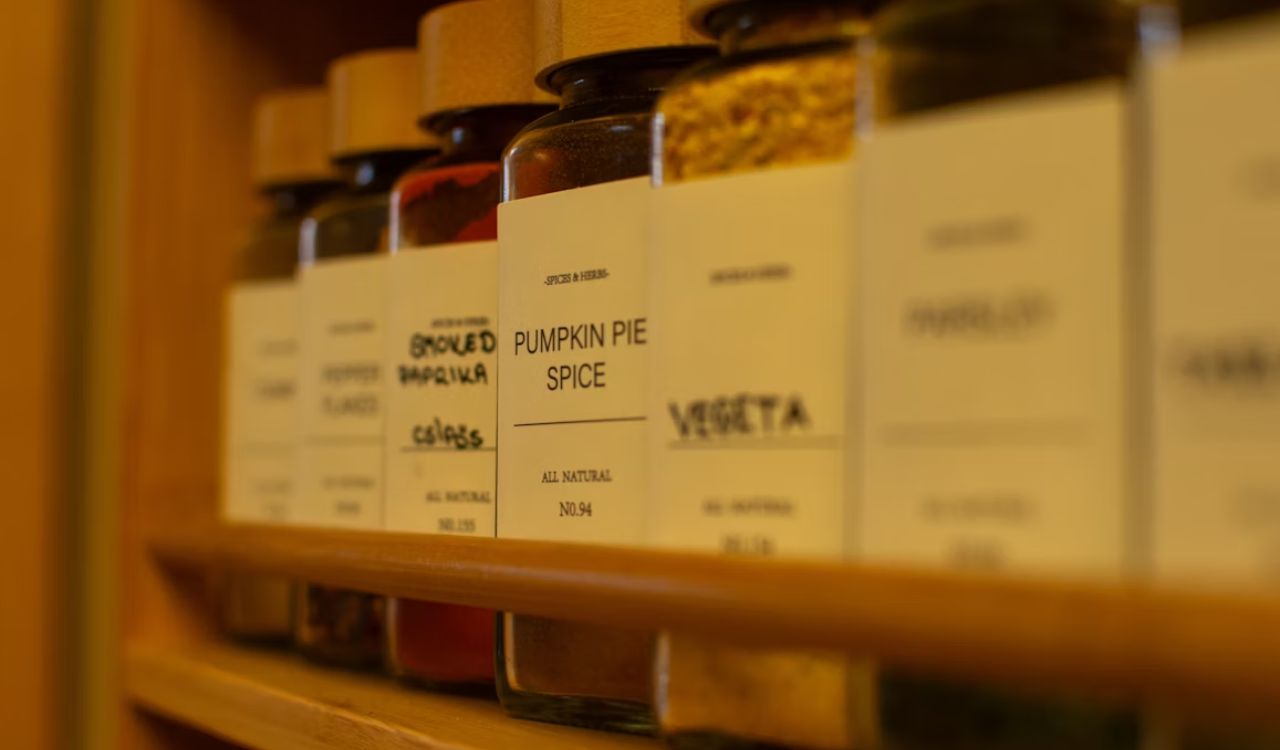
Before pumpkin spice became a cultural sensation, it was simply a practical kitchen staple. Early American colonists relied on pumpkins for stews, breads, and pies. The Library of Congress notes that by 1796, cookbooks listed pumpkin pie recipes seasoned with ginger, nutmeg, mace, and allspice. This early combination of spices laid the foundation for what we now know as pumpkin spice.
The modern blend emerged in 1934 when McCormick introduced its first commercial “Pumpkin Pie Spice,” offering a convenient mix of warming spices in one jar. That innovation allowed home bakers to recreate the traditional pie flavor easily without needing separate ingredients.
But it wasn’t until the early 2000s that pumpkin spice became more than a baking shortcut. Food historians point to 2003 as a pivotal year because Starbucks released its now-iconic Pumpkin Spice Latte. That beverage turned a flavor into a seasonal ritual and redefined how food trends could spread from coffee cups to every corner of consumer culture.
The Marketing Surge That Made Pumpkin Spice Ubiquitous
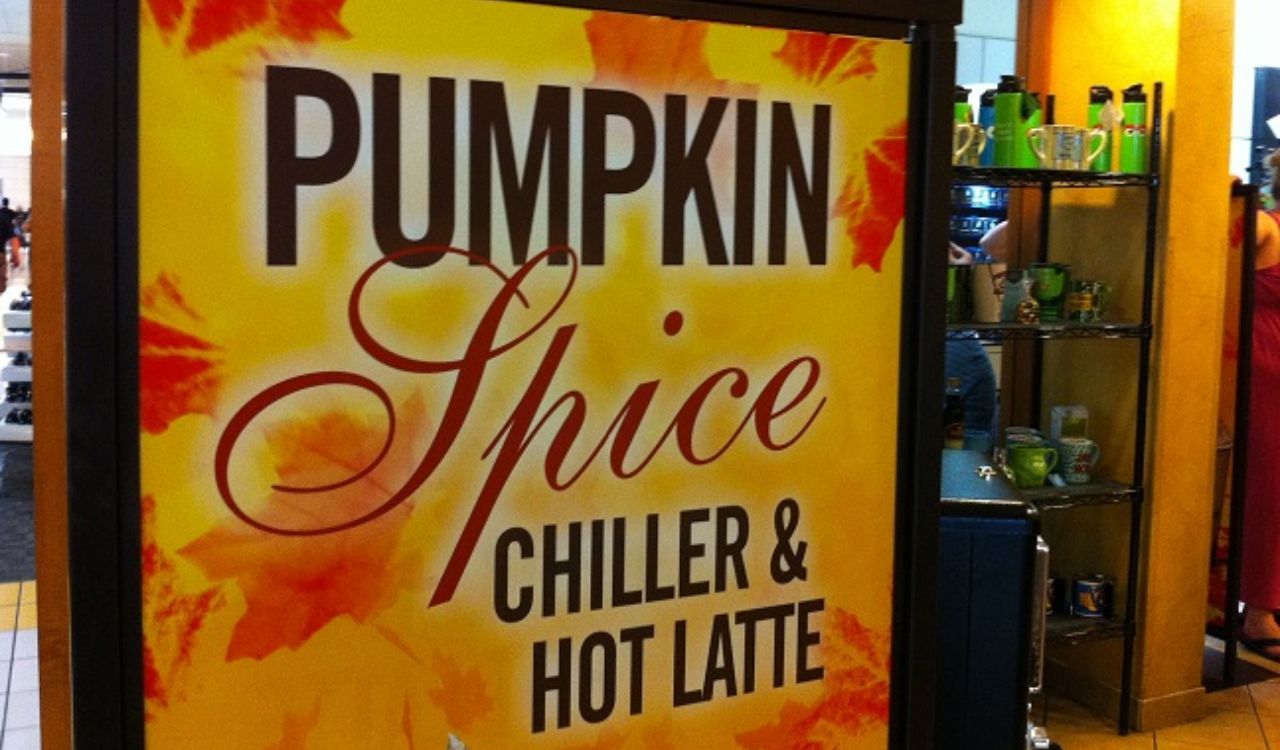
Pumpkin spice’s rise was no accident. It resulted from strategic marketing, emotional branding, and the power of scarcity.
When the Pumpkin Spice Latte first appeared in 2003, it launched as a limited-time fall offering. The exclusivity created urgency and a sense of seasonal anticipation. Fans began sharing their lattes on social media, turning the drink into a cultural icon. Two decades later, the beverage is available in dozens of markets and has generated more than $2 billion in revenue for Starbucks.
Across the food industry, pumpkin spice’s influence continues to grow. A 2025 AP News report found that U.S. pumpkin-flavored product sales reached $800 million over 12 months, marking a 42 percent increase since 2019. Mentions of pumpkin spice on restaurant menus also climbed by more than 30 percent between 2014 and 2024.
A C-Store Dive report revealed that during peak pumpkin spice season, American consumers spend an average of $32 per month on pumpkin spice products. Millennials double that figure, spending closer to $64. The publication described the flavor’s autumn dominance as “a seasonal economy of its own.”
Marketing analysts at Faster Solutions call pumpkin spice “a masterclass in sensory marketing and nostalgia.” Its power lies in exclusivity, warmth, and emotional familiarity. These elements combine to create something that feels personal and seasonal, which keeps consumers coming back every year.
Why Pumpkin Spice Keeps Winning Hearts
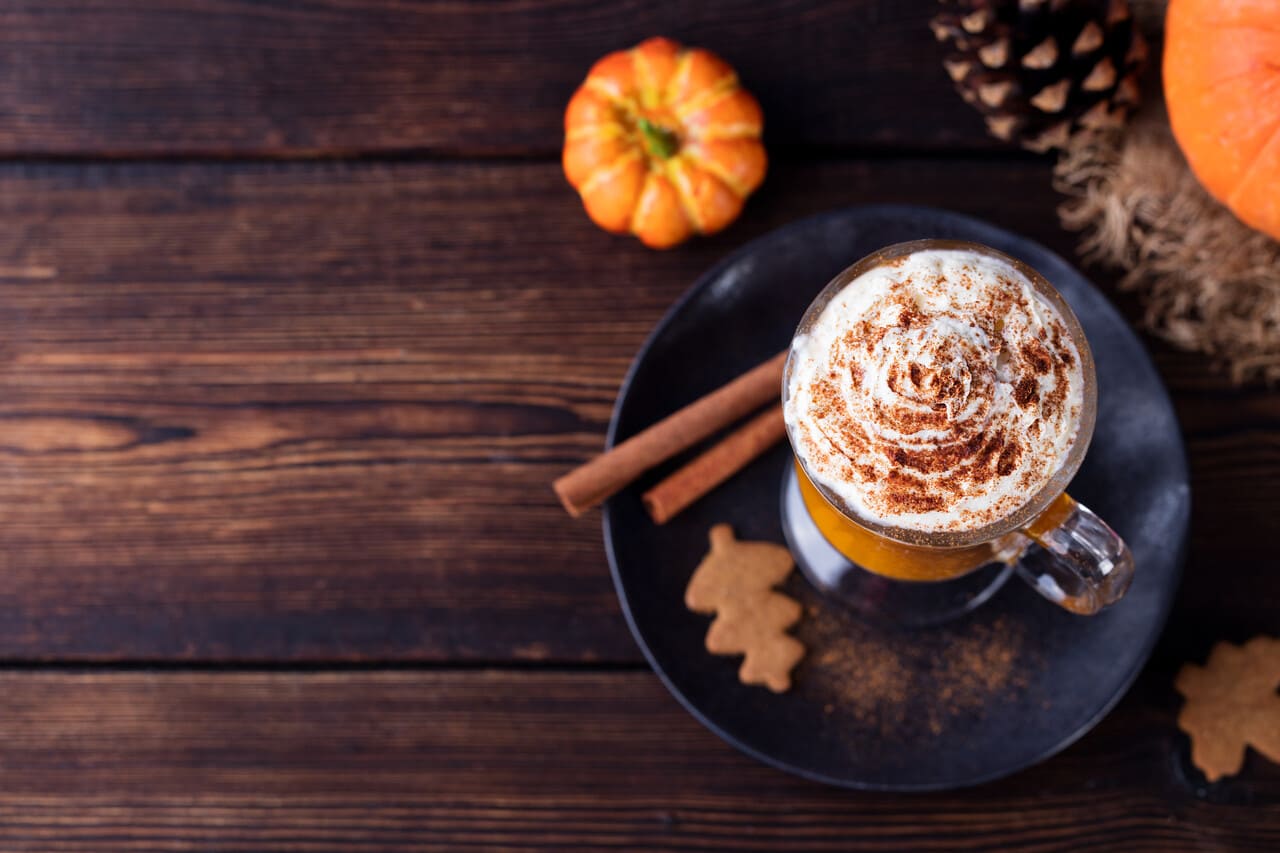
The flavor’s staying power comes from a mix of psychology, sensory comfort, and perfect timing.
Research featured in The Takeout highlighted how the familiar spice blend of cinnamon, ginger, nutmeg, and cloves activates brain regions tied to comfort and memory. These aromas remind people of family gatherings, home-cooked desserts, and the emotional warmth of the holidays. The scent alone can spark a positive reaction before a single sip or bite.
Data supports this emotional pull. An Instacart report featured in Food & Wine found that orders for pumpkin spice creamers surge by more than 1,400 percent during autumn compared with other times of year. This shows how deeply consumers link the flavor to a specific emotional season.
Timing also plays an important role. CBS News noted that pumpkin spice products now appear earlier each year, often hitting shelves by late August. McCormick reported that roughly 80 percent of all pumpkin pie spice sales occur between September and November, when consumers are most drawn to flavors that feel cozy and seasonal.
By combining emotion, aroma, and timing, pumpkin spice continues to thrive while other trends fade away.
How Pumpkin Spice Spread Beyond Coffee and Pie
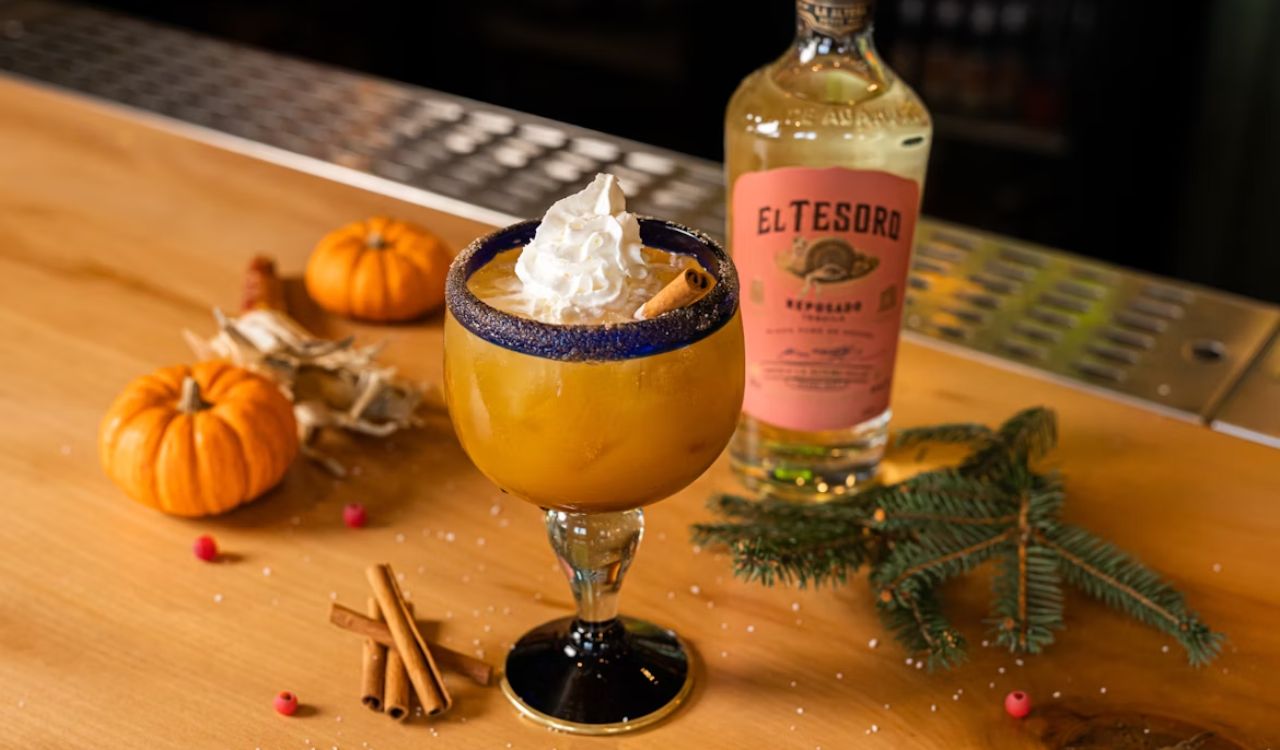
What makes pumpkin spice extraordinary is not only its success but also its adaptability. The flavor has expanded far beyond its origins in dessert and coffee culture.
Expanding Product Lines
Originally confined to baked goods and beverages, pumpkin spice now flavors cereals, yogurts, cookies, protein bars, and even savory snacks. The scent and taste have crossed into non-food markets too, appearing in candles, air fresheners, and skincare products. In 2019, a limited-edition Pumpkin Spice Spam sold out within hours online, proving that the craze had officially crossed into novelty territory.
Going Global
While the pumpkin spice craze began in North America, it has spread internationally. Coffee chains in Japan and the United Kingdom now offer their own versions of the Pumpkin Spice Latte. Even in regions where pumpkin pie isn’t a tradition, the appeal of the spice blend, comforting, aromatic, and warm, translates well across cultures.
A Seasonal Symbol
Beyond taste, pumpkin spice has become a cultural marker. Its arrival each year signals that summer is ending and autumn has begun. The flavor now stands as shorthand for comfort, coziness, and nostalgia. Retailers and social media users alike treat the first pumpkin spice products as the unofficial start of fall.
What Pumpkin Spice Reveals About Flavor, Marketing, and Memory
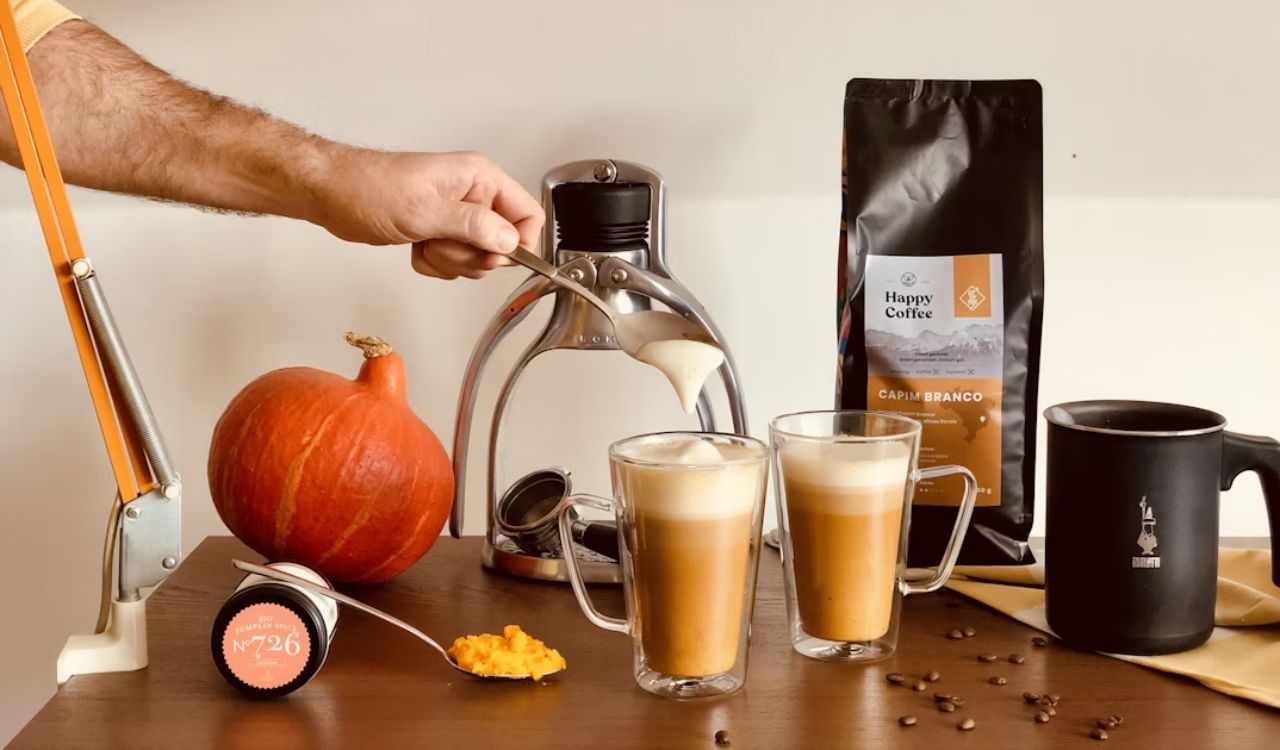
Pumpkin spice might seem like a marketing gimmick, but its continued success offers deeper insight into consumer behavior and cultural trends.
First, it highlights the power of emotion in food marketing. The flavor’s association with warmth, family, and comfort ensures that it resonates even among people who don’t consume it regularly. It’s not just the spices that sell. It’s the feeling they evoke.
Second, it shows the effectiveness of scarcity. By limiting pumpkin spice’s availability to a few months a year, brands make it feel special. Consumers know it will vanish by winter, which drives early and frequent purchases.
Third, it illustrates how nostalgia can fuel innovation. From drinks to desserts to home products, companies have reinvented pumpkin spice repeatedly without losing its core appeal.
Finally, the pumpkin spice phenomenon underscores how flavor can become identity. Whether celebrated or teased online, it defines a particular cultural moment. For many, the first pumpkin spice latte of the year is less about caffeine and more about ritual, a comforting reminder that change and tradition can coexist in one sip.
Pumpkin spice is more than a flavor trend. It’s a reflection of how memory, marketing, and sensory experience combine to shape modern culture. Whether you embrace it fully or prefer your coffee plain, its influence is impossible to ignore.
References
- Pumpkin spice season kicks off earlier each year. Here’s a look at the history of America’s enduring love for the pie-inspired flavor- CBSNews.com
- The Rise of Pumpkin Spice- ScientificAmerican.com
- 3 Big Numbers: Just how important is pumpkin spice?- CStoreDive.com
- The Pumpkin Spice Marketing Effect- FasterSolutions.com
- The rise of Starbucks’ Pumpkin Spice Latte, by the numbers- APNews.com


